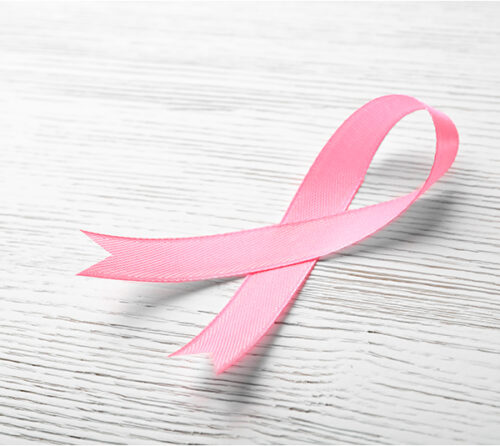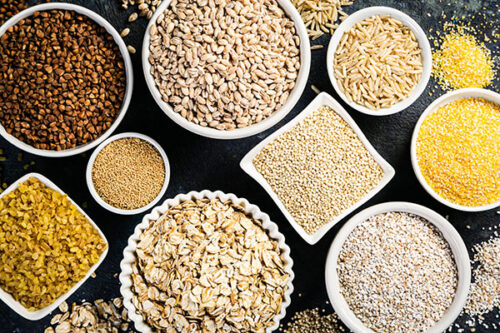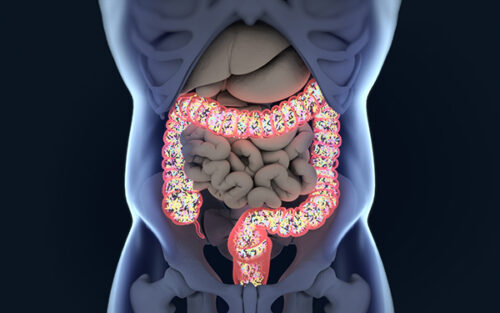Lectins: Plants' Self-Defense System Circuitously Kills People
 Plants have evolved to synthesize a variety of toxic substances to cope with their environment abundant with predators (insects, animals, etc.) and microbes (bacteria, viruses, fungi, parasites, etc.) and, thereby, fight an ongoing battle for survival. Lectins are a class of these natural disease-fighters consisting of proteins. Ubiquitously found in the plant kingdom these precisely synthesized proteins (lectins) combine with specific sugars (such as those on the surface red blood cells). (The word “lectin” is derived from Latin—”Legree,” which means to pick or select.)
Plants have evolved to synthesize a variety of toxic substances to cope with their environment abundant with predators (insects, animals, etc.) and microbes (bacteria, viruses, fungi, parasites, etc.) and, thereby, fight an ongoing battle for survival. Lectins are a class of these natural disease-fighters consisting of proteins. Ubiquitously found in the plant kingdom these precisely synthesized proteins (lectins) combine with specific sugars (such as those on the surface red blood cells). (The word “lectin” is derived from Latin—”Legree,” which means to pick or select.)
The first such carbohydrate-binding proteins, lectins, were found in 1888 in the seeds of the castor bean. Lectins have gained the most attention since their discovery as a result of their ability to bind to and agglutinate (clump together) red blood cells, and have been used for blood typing (ABO classification and others); hence the lectins are also commonly called “hemagglutinins.”
Common dietary staples, such as cereal grains, legumes, and fruits have relatively high concentrations of a variety of different lectins. Although all foods contain some lectins, only about 30% of the foods we eat have potentially troublesome amounts. Legumes (including beans, soybeans and peanuts) and grains (wheat is commonly singled out) have the greatest content, followed by dairy, seafood, and plants in the nightshade family (such as potatoes).
The toxicity of lectins to people (and other animals) can vary greatly, ranging from merely anti-nutritional properties (such as producing excess bowel gas) to lethal effects. An important example of a highly toxic lectin is the phytohemagglutinin (PHA). It is found in the highest concentrations in uncooked red kidney beans and white kidney beans (also known as cannellini), and it is also found in lower quantities in green beans, broad beans (fava beans), and other common beans. Especially when consumed raw, all beans can uncomfortably affect the digestive tract, commonly with an over abundance of gas; however, vomiting, cramping, and diarrhea are experienced; fortunately, rarely requiring hospitalization.
Recommended Articles

Breast Cancer Treatments: Barbaric and Brutal

Lessons from the Past, Directions for the Future: The WWI Starch Solution for Denmark





